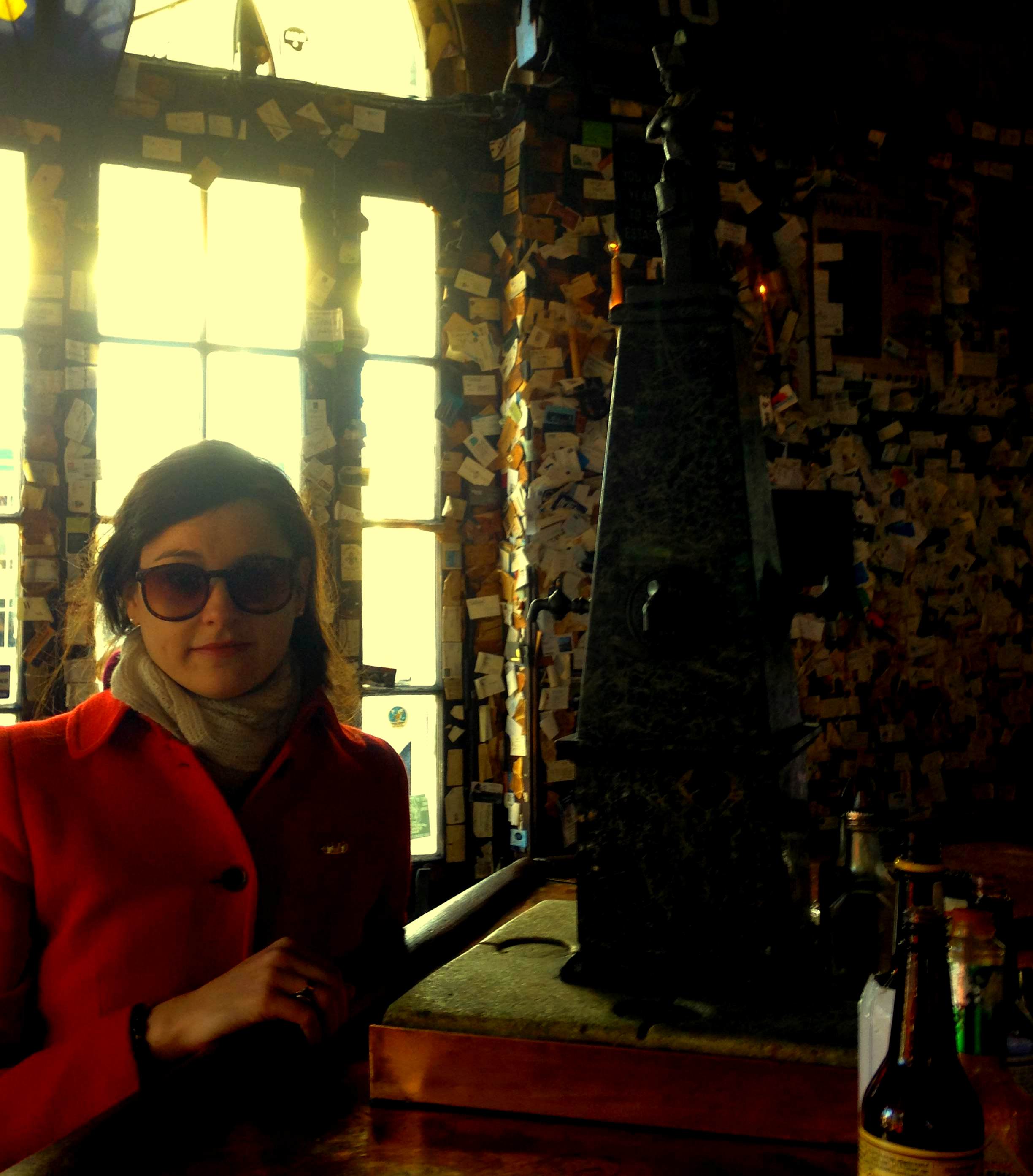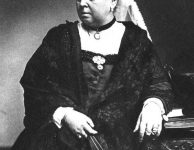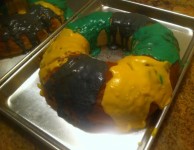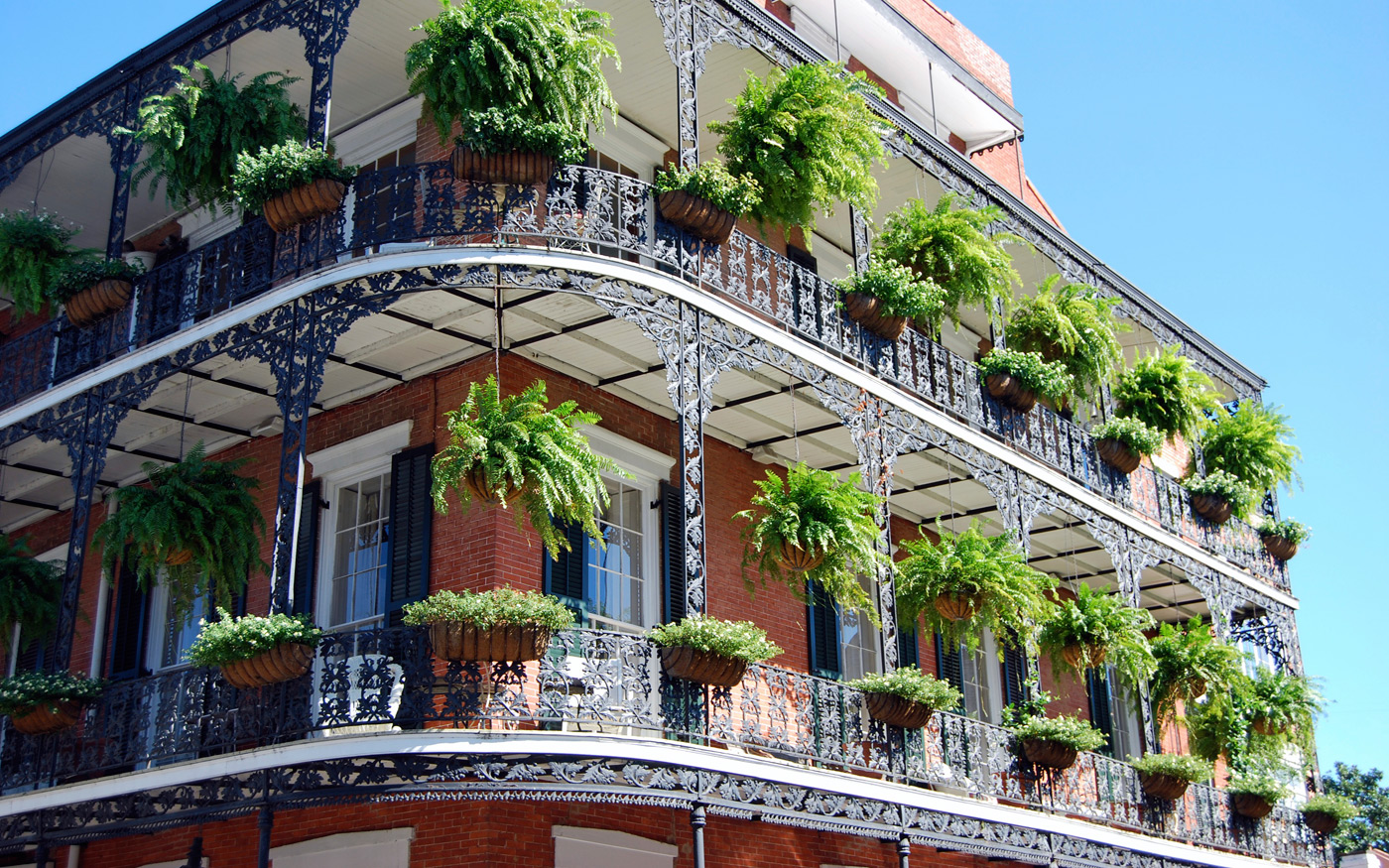Field Trip: Old Absinthe House
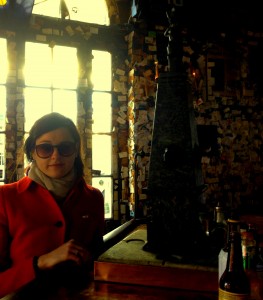 Helen reporting. Modern readers think of absinthe as the nectar of poets and artists. Vincent van Gogh, Oscar Wilde and Charles Baudelaire were among the many luminaries said to enjoy the green fairy in copious amounts. Even today, rumors abound about absinthe’s hallucinogenic properties, partly because these artists experienced high levels of creativity, delirium, epileptic-like fits, mania and bouts of madness, supposedly as a result of partaking of the fiery liquid.
Helen reporting. Modern readers think of absinthe as the nectar of poets and artists. Vincent van Gogh, Oscar Wilde and Charles Baudelaire were among the many luminaries said to enjoy the green fairy in copious amounts. Even today, rumors abound about absinthe’s hallucinogenic properties, partly because these artists experienced high levels of creativity, delirium, epileptic-like fits, mania and bouts of madness, supposedly as a result of partaking of the fiery liquid.
Such symptoms, throughout the 1800’s, were attributed to a chemical called thujone, the key psychoactive present in the wormwood herb, an ingredient of absinthe. However, an international team of chemists recently debunked this theory. These researchers found and tested bottles of absinthe produced before 1910 and concluded that they did not contain enough thujone to explain the reported effects. On the contrary, the researchers determined that the most likely reason for “absinthism” is that the victims became “flat-out drunk.”
Current research notwithstanding, absinthe still retains a mythical allure. More drug than drink? More drink than drug? It’s certainly high-proof. In olden days, depending on the brand, absinthe could be as potent as 148 proof. Then there’s the ritual of it: the dousing of the cube of sugar and, in some cases, setting it on fire before mixing it into the drink. Are its effects psychosomatic? I set out for the Old Absinthe House, on the corner of Bienville and Bourbon Streets in the heart of the French Quarter, to discover for myself. This revered location, built in 1806, enjoyed scores of famous visitors. P.T. Barnum, Mark Twain, General Lee, General Jackson, Jean Lafitte, FDR, and Frank Sinatra all drank here at one time or another. Unfortunately, the existing bar, in a block packed with strip clubs, t-shirt shops, and daiquiri shacks selling pizza by the slice, maintains little of the glamour of bygone days.
Inside, the bartender pointed out the famed green marble fountain from which customers once added water to their absinthe. Though the fountain is no longer in use, the bar still delivers a very strong absinthe drink. Wooden fans circulate the smoky air, the doors are open to the street, and the walls are papered with business cards from both tourists and locals. (Ursula LeCoeur added her card.)
Fortunately, in our novels, we have a chance to take readers back to the days when eccentrics, poets, actors and other artists stopped in for an afternoon with the green fairy. In our work in progress, Love Letters, Vespasian Colville is half of a male-female writing team, offering advice to readers. A troubling letter sends him off to the Absinthe Room, as it was known at the time.
“The waiter brought a small tray to his table. On it was a glass containing an ounce of clear liquid, a bowl of sugar cubes, a carafe of ice water and a slotted silver spoon. Vespasian set the wide spoon with multiple holes arranged in a pattern above his glass, then placed a sugar cube on the spoon. Next he poured the cold water slowly over the cube and watched as the sugar dissolved and flowed with the water into the clear liquid below. The absinthe grew cloudy and fragrant, smelling of fennel and anise. He bent forward, his nose inches from the glass and inhaled the scent. When the drink turned green, he removed the spoon and placed it on the tray.
“’Ah, the green fairy, la fee verte. How wonderful,’” he murmured to himself as he raised the glass to his lips. He savored the taste of the green liquid on his tongue, held it there, then swallowed. Within a few moments, he felt certain he could solve any letter-writer’s problem.”

